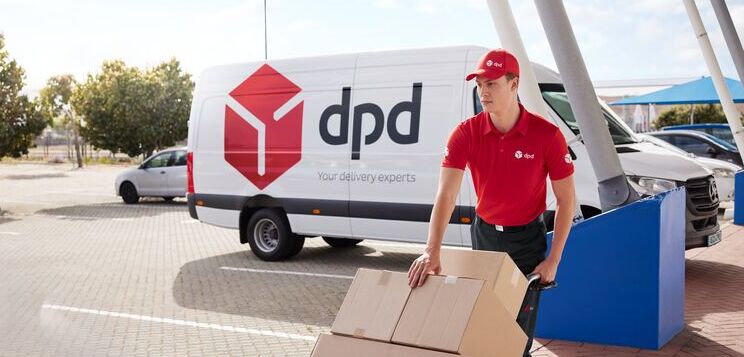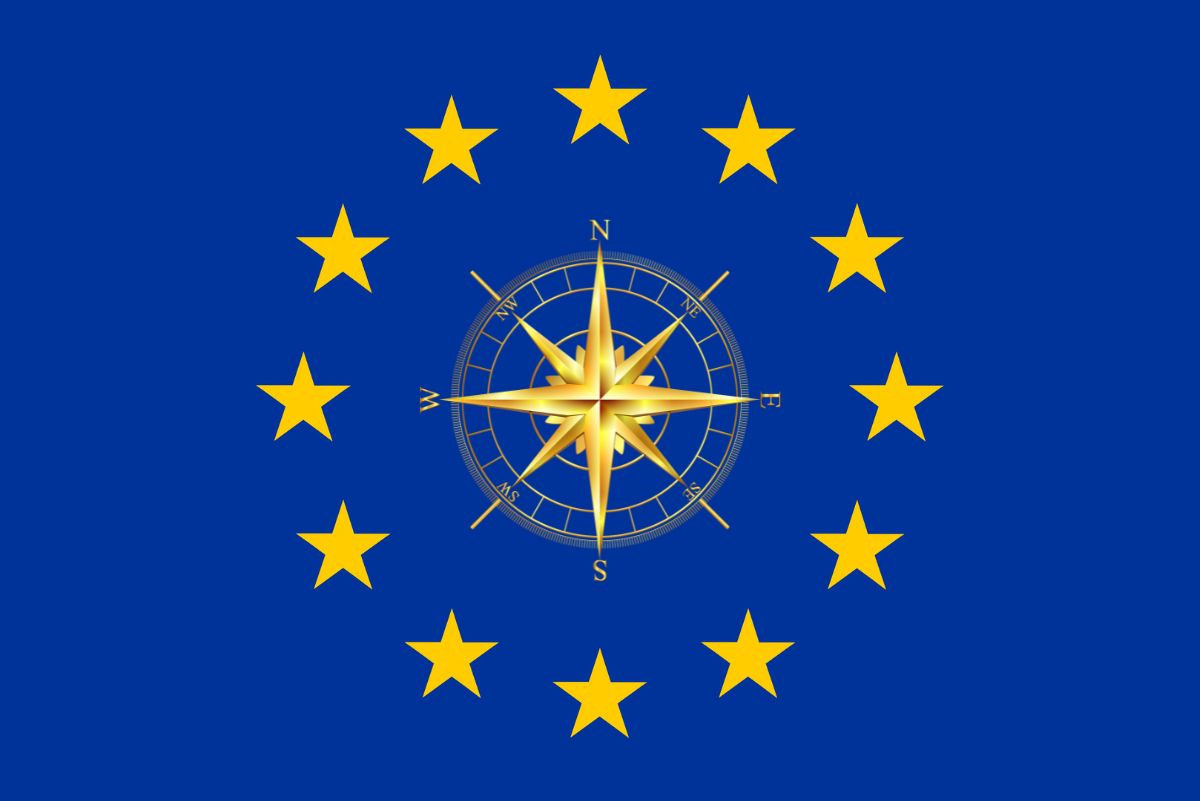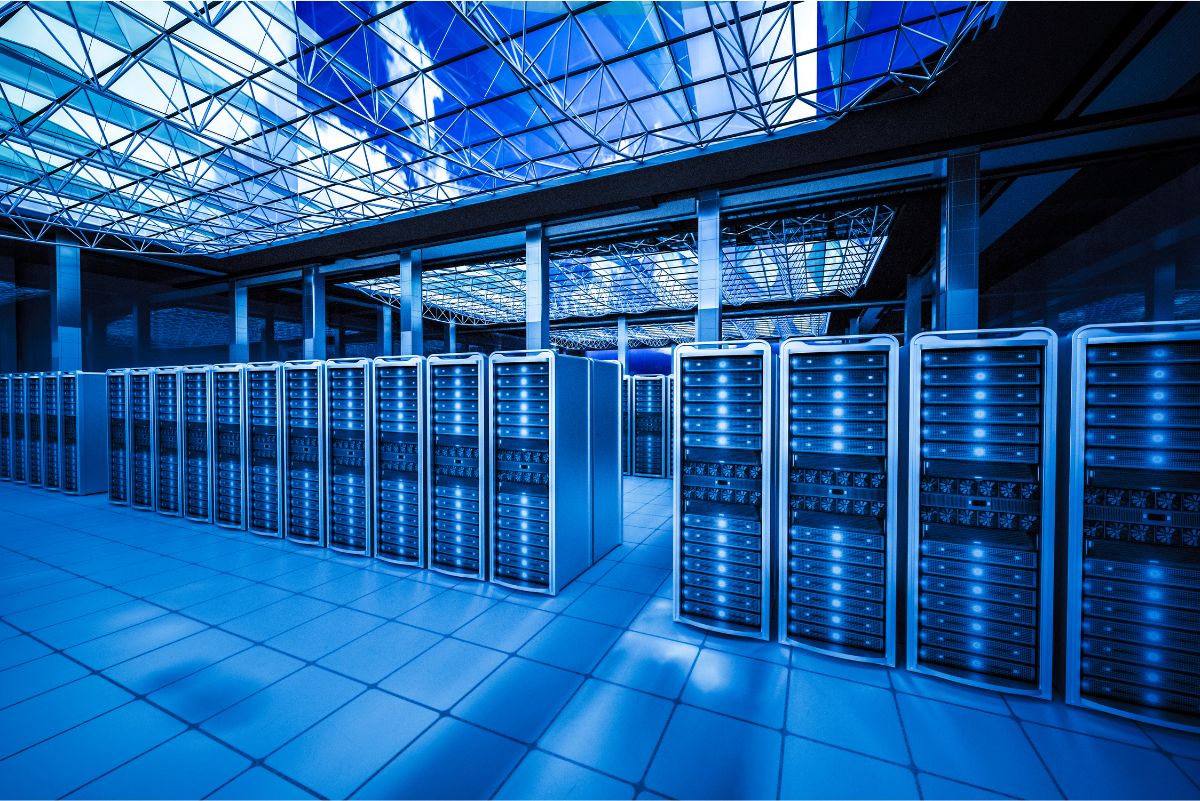The Impact of Demand Volatility and a Changing Technology Landscape on European Supply Chains
A recent report by the ACE European Group identifies supply chains as of the biggest sources of concern for European businesses today. On the one hand, companies are facing growing uncertainty due to volatile exchange rates, rising oil prices and economic and geopolitical events, such as Greece’s financial crisis and the conflict in Ukraine. On the other hand, there is a rising need for smarter and more flexible tools as well as more staff with analytical capabilities. This post will explore these and other challenges as well as the key innovations defining European supply chains.
The challenges: demand, staffing and technology
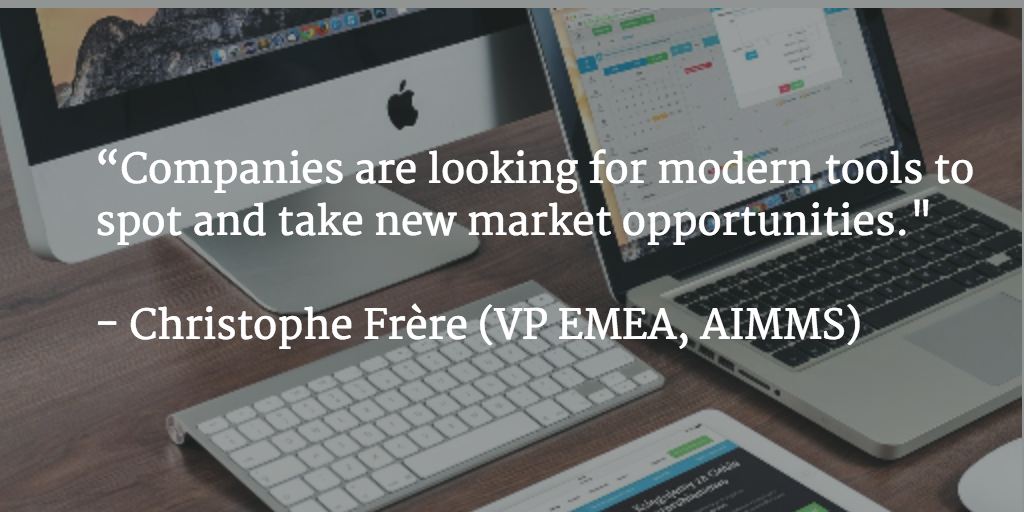 Volatile demand is by far the biggest challenge faced by companies not only in Europe, but globally. Volatility impacts every aspect of a business, from purchasing to production to logistics. Commercial departments often have trouble assessing what clients will buy, their forecast accuracy is simply not up to par. On the supply side, situations are getting more complex, customer service requirements are getting higher and costs are rising as well. Visibility is lacking across the entire supply chain, and while companies want to have visibility into their suppliers and partners, they still lack the right tools to know how to react in uncertain or unexpected situations.
Volatile demand is by far the biggest challenge faced by companies not only in Europe, but globally. Volatility impacts every aspect of a business, from purchasing to production to logistics. Commercial departments often have trouble assessing what clients will buy, their forecast accuracy is simply not up to par. On the supply side, situations are getting more complex, customer service requirements are getting higher and costs are rising as well. Visibility is lacking across the entire supply chain, and while companies want to have visibility into their suppliers and partners, they still lack the right tools to know how to react in uncertain or unexpected situations.
This brings us to technology, the next big challenge. Most businesses would agree that technology is falling short and can no longer meet business requirements. ERP systems have reached their limits and there is a pressing need for more flexible and smarter tools. Let’s take the example of inventory optimization. Though companies recognize the benefits of optimizing safety stock and cycle stock, most of them lack optimization and decision support tools, placing all the burden instead on the end user. Since the scope of the work is simply too difficult to handle with current tools, nobody ends up doing it. This, in turn, results in overspending or stockouts.
According to AIMMS VP EMEA Christophe Frère, there are 2 noticeable streams of technology implementation within European businesses today:
- The largest enterprises tend to focus on managing master data with one single integrated system, that being SAP in most cases. The disadvantage of this approach is that you lose flexibility and the ability to respond fast to day-to-day changes. You trade data visibility for responsiveness. In these companies, the supply chain is seen as a kind of service center for other divisions in the company with limited freedom of innovation, not a strategic growth enabler.
- A segment of large companies are more readily embracing new systems. In these companies, leaders are actively seeking new tools which allow them to leverage supply chains strategically. They recognize the potential for supply chains to make a difference in their bottom line and want to increase efficiency and respond faster to customer demand. Most of these companies have different ERP systems and don’t want to replace them with one big system or undergo a tedious migration project that takes years and millions in investment. They are looking for a differentiator, a platform that can connect to their current ERP systems and databases, interprets data and adds value to the business. There’s a tendency within these companies to see planning and optimization as engines for growth. They are looking for modern tools to spot and take new market opportunities. AIMMS clients like Nampak and Papyrus offer compelling cases for this approach. Both companies use AIMMS to create a competitive advantage, plan for profit and identify new scenarios for growth. Before they make a decision, a system like AIMMS can ensure that they are capable of keeping promises made to clients. Furthermore, AIMMS allows for more ‘’robust’’ planning and supports automatic re-planning with full insight into the consequences of the change.
Besides technology and dealing with volatile demand, finding supply chain talent is getting increasingly difficult. There is growing awareness of the importance for supply chain managers to have sufficient analytical capabilities, but the talent pool is simply too small. Recent studies suggest that estimated demand for supply chain professionals exceeds supply by a ratio of 6 to 1. By 2025, more than 60 million baby boomers will exit the workforce, but only 40 million new professionals will enter. The talent gap is widening. Only companies that recognize this need early and invest in new people with a wide array of capabilities will be able to overcome this challenge.
How companies are innovating
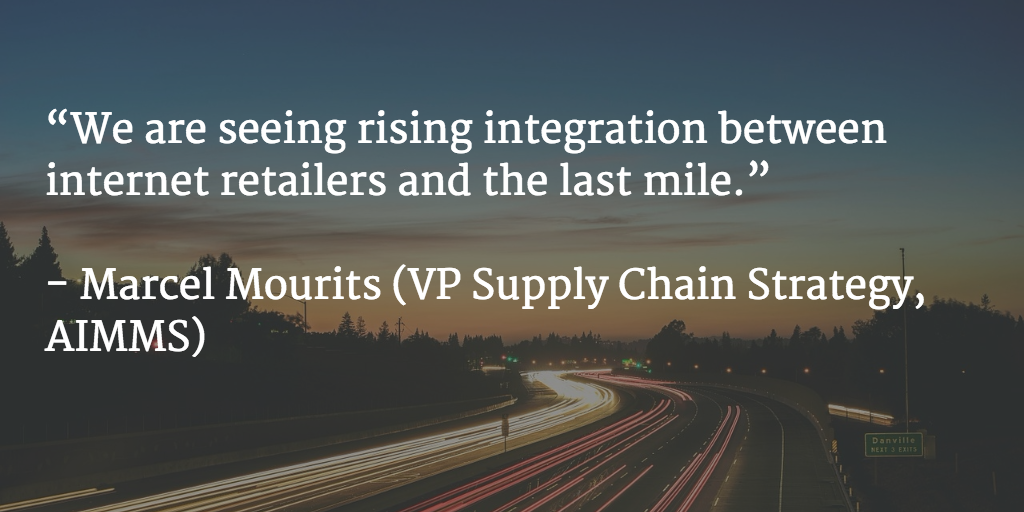 Despite these mounting challenges, European companies are still innovating. The food and beverage industry for instance, has seen a lot of innovation in recent years. New brands with healthier and more diverse products are popping up left and right.European retailers are also innovating in logistics and delivery. AIMMS’ VP of Supply Chain Strategy Marcel Mourits explains: “We are seeing rising integration between internet retailers and the last mile. Delivery options are improving. You can often select the time, date and location of delivery yourself. In the Netherlands, the internet retailer Coolblue has 24-hour delivery even for orders placed on Sunday. Another merchant, Bol.com, allows you to select pick up locations at your convenience. This level of speed and flexibility is exactly what consumers look for these days.”
Despite these mounting challenges, European companies are still innovating. The food and beverage industry for instance, has seen a lot of innovation in recent years. New brands with healthier and more diverse products are popping up left and right.European retailers are also innovating in logistics and delivery. AIMMS’ VP of Supply Chain Strategy Marcel Mourits explains: “We are seeing rising integration between internet retailers and the last mile. Delivery options are improving. You can often select the time, date and location of delivery yourself. In the Netherlands, the internet retailer Coolblue has 24-hour delivery even for orders placed on Sunday. Another merchant, Bol.com, allows you to select pick up locations at your convenience. This level of speed and flexibility is exactly what consumers look for these days.”
Is analytics playing a role in innovation?
So far, companies are using analytics mainly as a diagnostic tool. Business leaders are leveraging data to understand their customers better and gain insight into their biggest issues and bottlenecks. They use analytics to innovate and respond to shifting market demands, but most of the time they get stuck with the limitations of Excel.
The next step is to apply analytics to evaluate scenarios and identify the best way forward. What is the best set of actions that we should take to overcome this bottleneck? How can we respond to this set of challenges? The answer to these questions can only be found with a more advanced toolset.
Optimizing the road ahead
While analytics helps you get insight, optimization helps you define the best set of actions you need to take to achieve your objectives in a volatile market. Optimization tools allow you to look holistically at each puzzle. With better insights, you can create a ripple effect in your organization. You can make your data visible and balance the different plans in your company based on your goals in order to meet them in the best possible way. You can have the right stock, at the right time and in the right place. In short, you can connect the dots.
There is no question that increased awareness about these benefits is driving adoption, but c-level executives are still not fully aware of the capabilities of optimization. They also don’t know that you can start small and don’t necessarily need to invest in a large-scale implementation. Optimization remains a niche discipline. But the tide is turning. A recent Gartner report predicts that optimization will become a best practice for decision support by 2018. Optimization platforms like AIMMS are already being used for network optimization, planning & scheduling, risk mitigation, cost to serve segmentation and much more.



